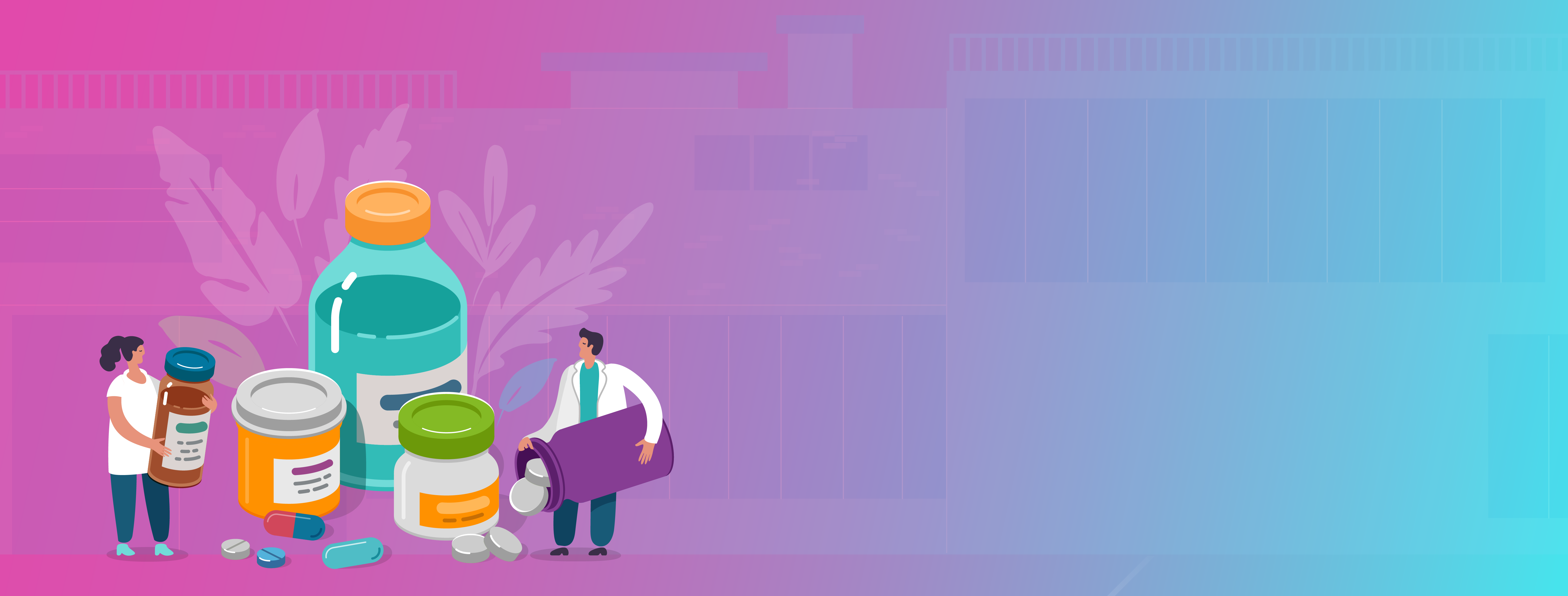The Pharmaceutical industry is big and pivotal in drug making, consisting of many pharmaceutical materials. Most notably, the pharmaceutical industry has experienced a genuinely spectacular transformation. In recent years, the pharmaceutical industry has moved its focus from volume to offering comprehensive value to clients across regions. It is also paving the way for many new inventions and trends like the explosion of personalized medicine, the rise of digital health, increased focus on sustainability, and more to become a more advanced sector.
In this blog, we try to understand the different types of pharmaceutical materials, their importance in the industry, and the challenges faced in the market.
Active Pharmaceutical Ingredients
Active Pharmaceutical Ingredients have a biologically active medicine component that allows them to generate the intended effect. They are pharmaceutical bulk compounds and are one of the critical ingredients for making a drug. The APIs are manufactured by acquiring raw materials, and the chemicals go through an intermediate process before becoming an API. Several intermediates are used in manufacturing that convert essential ingredients into APIs.
Raw materials are the chemical components that serve as the foundation for the production of an API. As a result, API producers get raw materials in order to create this active component.
The API is subsequently given to pharmaceutical companies, who utilize it to make medications.
Other pharmaceutical materials include finished formulations, impurities, Fine Chemicals, Pellets, intermediates, and nutraceuticals.
Finished Formulations
Finished Formulations, also known as finished dosage forms, are the final drug form, like tablets, pills, liquid solutions, and other forms of FDFs all come under this category. A Finished Dosage Form (FDF) is a drug product that has undergone a process that involves production, examination, and final authorization for use and distribution to the public. This is a vital step in the product lifecycle and can only be reached if a pharmaceutical company’s facility is of high quality.
Impurities
Impurities, in pharmaceuticals, are a component that is not in the entity identified as the drug substance. Furthermore, any component that is not a formulation ingredient of a medical product is an impurity. There are three sorts of contaminants in medicines that API manufacturers must know- organic, inorganic, and residual solvents are the three forms of pharmaceutical contaminants. They create most of these contaminants due to production methods, deterioration, storage conditions, excipients, or contamination.
Fine Chemicals
Fine chemicals are another name for pharmaceutical fine chemicals. In comparison to typical commodity chemicals, these are pure compounds. These pure compounds are combined with basic chemicals to form complex chemicals for various uses in agriculture, medicine, and nutraceuticals. Fine chemicals are blended to make specialty chemicals with end-use-specific properties.
Fine chemicals are pure, single compounds manufactured in small volumes. Active pharmaceutical ingredients (API), peptides and proteins, steroids, alkaloids, and biocides are all examples of fine chemicals.
Pellets
Pharmaceutical pellets are structures that are tiny and spherical particles that are created by combining medicinal ingredients with excipients using a variety of procedures and technologies.
Many leading pharmaceutical corporations are now focusing on pellet manufacturing by using various medication formulation development procedures. A lot of factors influence pellet formulation. The creation of formulation is based on multiple unit control dosage forms, which aid in the uniform distribution of the active therapeutic material in the human body.
Pharmaceutical companies manufacture pellets for various applications. These pellets are often utilized for developing oral controlled-release dosage forms with gastro-resistant or sustained-release features. Furthermore, they have the ability to deliver drugs to a specific site.
Intermediates
Pharmaceutical intermediates are chemical compounds that are frequently employed in the mass production of many types of drugs. Pharmaceutical and biopharma businesses also use them in research and development.
The Pharmaceutical intermediates form the building blocks of APIs and they are the by-product during the production of APIs. Therefore, every reaction gives rise to a different range of intermediates.
Pharmaceutical intermediates are also known as fine chemicals created as intermediary molecules while manufacturing active pharmaceutical ingredients (APIs). Intermediates are byproducts of the reactions that occur throughout the API manufacturing process.
Nutraceuticals
Nutraceutical products are non-specific biological medicines that are used to increase overall well-being, manage symptoms, and prevent cancer.
The definition of nutraceuticals and associated items varies according to the source. These goods can be classed according to their natural origins, pharmacological conditions, and chemical composition. Nutraceuticals are often classified into four categories: dietary supplements, functional foods, medical foods, and pharmaceuticals.
A dietary supplement is a product that contains nutrients taken from food and is frequently concentrated in liquid, capsule, powder, or pill form. Although dietary supplements are regulated as foods by the US Foods and Drug Administration (FDA), their regulation differs from that of pharmaceuticals and other food items.
Therefore, there are different types of pharmaceutical materials available for different uses. This blog will help you understand more about them.
Excipients
The other main ingredients are the inactive compound, known as excipients. These are often used as the API carrier in the next medication. For example, lactose or cellulose derivatives are included as excipients. They add bulk to formulations, aid in medication absorption, give stability, and prevent drug denaturation. They are inexpensive, stable, easy to handle, and inert. We find excipients in a wide range of pharmaceutical products, like capsules, tablets, oral liquids, inhalers, implants, and injections.
Challenges faced in the pharma raw materials market.
Regulatory Delays
Governments and medical organizations impose strict regulations on drugs and medications since they are a sensitive topic in terms of public health. Therefore, pharmaceutical raw materials providers must have authorization from regulatory authorities like the FDA and EMA to release the finished goods onto the market.
Threat from counterfeit drugs
Drug items tampered with, or counterfeit are very easy to get into the global pharmaceutical supply chain. Counterfeit drugs frequently have subpar APIs, improper ingredients, or inappropriate dosages. These fake goods are then falsely mislabeled without adhering to intellectual property rights, and when ingested, they may have negative impacts and provide other challenges.

